The human body is home to trillions of microbes (microscopic organisms, including viruses, bacteria, and fungi). Our bodies are actually only made up of about 25% human cells. The rest is thousands of species of bacteria and other microbes. Yup. That’s right. We’re all just a dipslide with shoes.
Well, okay, we’re more than that, but we’re definitely made up of a LOT of microbes. The good news is, they’re not all bad guys. Many of these microbes play essential roles in our bodies. Let’s take a look at where they are and what they’re doing.
From the Beginning
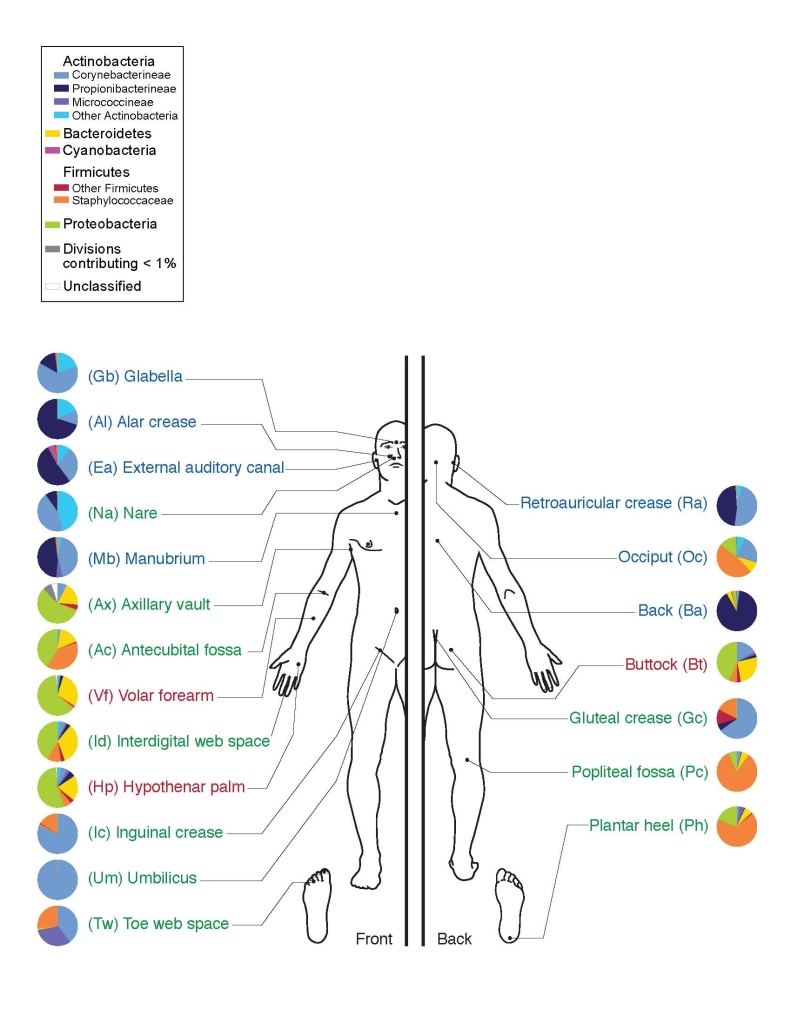
Depiction of the human body and bacteria that predominate; there are both tremendous similarities and differences among the bacterial species found at different sites. Credit: Darryl Leja, NHGRI
Microbes are everywhere, so wherever the human body is exposed to the outside world, there is a microbial community. Let’s start from the beginning. As a newborn, our first encounter with microbes is from our mother’s birth canal, then from our mother’s skin, as well as the skin of any other caregivers.
Our skin is in constant contact with the outside world, so it’s no surprise that it’s full of microbes, and the microbe population is very diverse. Any time our skin comes into contact with something in the outside world, we’re picking up more microbes.
Moving along the timeline, as babies, we drank breast milk, which provides vitamins, nutrients, antibodies, and diverse microbes that populated our gut. It takes 1-2 years to develop adult microbes. As we develop, our diet and environment impacts the proportion and presence of the microbiome.
For the rest of our lives, we continuously encounter new microbes from soil and water, people, pets, plants, new and diverse foods, and so on and so forth. As we age, the activity of the microbiome changes, leading to an adult body harboring more than 100 trillion microbes.
Microbes contribute an extra 2,000,000 genes to the 20,000-gene human genome. Our microbiome weighs an average of 2.5lbs, and equals about 3 pints in volume. Microbes can account for up to 5lbs of body weight in a healthy adult!
The Bad Guy’s Not So Bad After All
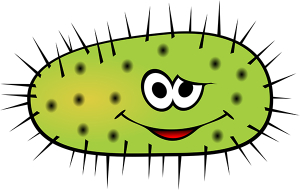
The community of microbes living in our bodies and the genes they contain make up the human microbiome. Our microbiome helps us extract energy and nutrients from the food we eat, and crowds out or inhibits pathogens.
The microbes inhabiting our bodies are primarily residing in our mouth, lungs, GI tract, urogenital tract, and of course, on our skin. Each person’s microbiome is unique, thus, two healthy people may have very different microbial communities but still be healthy.
Microbes assist with digestive activity, vitamin synthesis, immune system function and protection from pathogens. They also have a significant impact on metabolism, neurology and immunology. When we say they’re not all bad guys, we mean it: 99% of microbes in the human microbiome are beneficial!
When the microbiome is out of balance, we tend to get sick. A disturbance in the immune system opens the door for a normally benign microbiome to become a disease-bearing organism.
Cultivate Your Microbial Garden
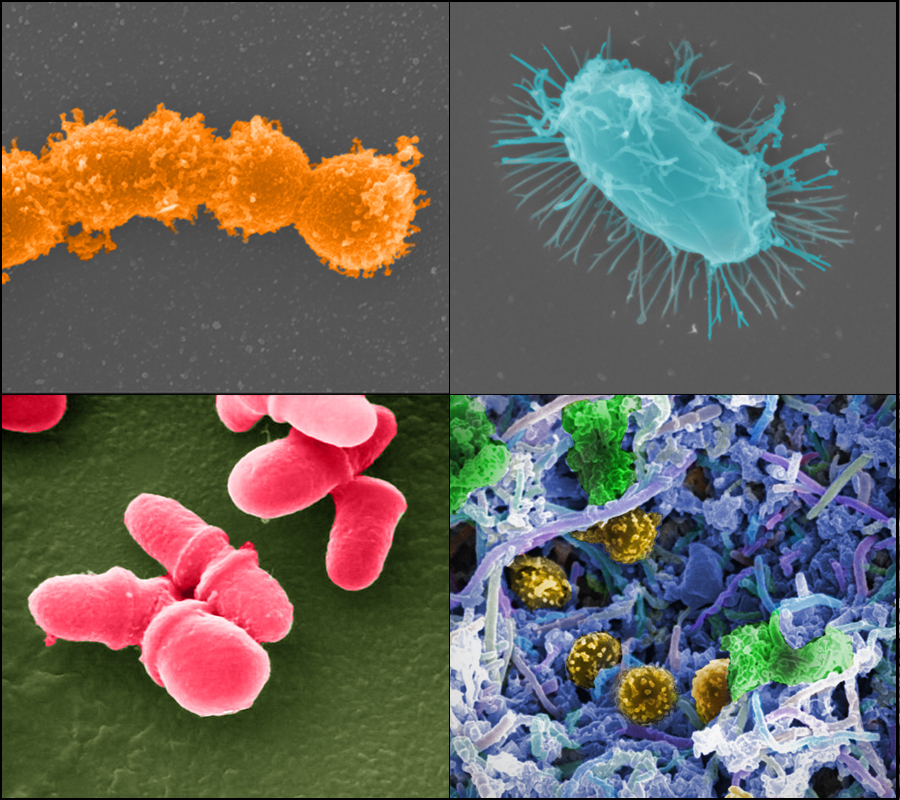
The Human Microbiome Project, which was launched by NIH in 2007, provided the first glimpse of the microbial diversity of healthy humans and is exploring the possible relationships between particular human diseases and the microbiome. (Clockwise from top left): Streptococcus (Credit: Tom Schmidt); microbial biofilm of mixed species, from human body (Credit: A. Earl, Broad Institute/MIT); Bacillus (Credit: Tom Schmidt); Malassezia lopophilis (Credit: J.H. Carr, CDC).
Let’s face facts: the microbes in our bodies aren’t going anywhere. We might as well embrace them and allow our microbiome to flourish and help us lead healthier lives. Here are a few suggestions:
- Step away from the hand-sanitizer.
- Frequently smothering yourself in antibacterial soap can actually reduce your ability to fight off illness and disease. Take a step away from the Germ-X and start exposing yourself – microbially, that is.
- Enjoy the great outdoors, or bring it in!
- Increase your microbial exposure by spending time outside or opening windows to let the outside in. Get your hands in the dirt and do some gardening, planting or mowing. Remember, the soil is a great source for microbes!
- Protect your microbes
- Take as few antibiotics as possible, and if you have to take an antibiotic, take probiotics as well. Even if you aren’t taking antibiotics, take probiotics anyway! Probiotics can help maintain the diversity of your gut flora and keep your microbiome full of live, beneficial organisms.
- Be a Green Machine
- Eat those greens! We all know plant-heavy diets are good for us, and here’s just another reason why: all those nutrients are feeding your microbes.
- Flourish with Fermented Foods
- Fermented foods encourage the growth of good bacteria, so add some treats like sauerkraut, kim chi, and kombucha to your diet. In addition, non-digestible short-chain fatty acids also help your good bacteria flourish. Try eating more artichokes, garlic, beans, oats, onions, and asparagus.
Want to know more about your body’s microbiome? Check out the Human Food Project’s American Gut, and get to know your microbes!
Sources:
American Academy of Microbiology


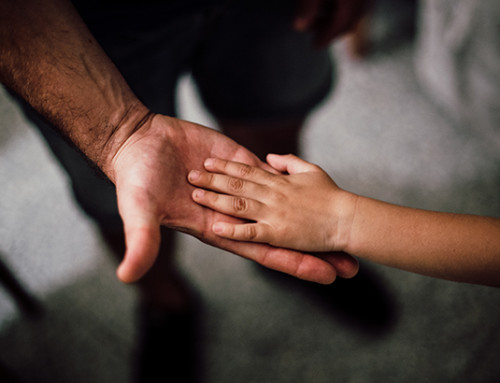
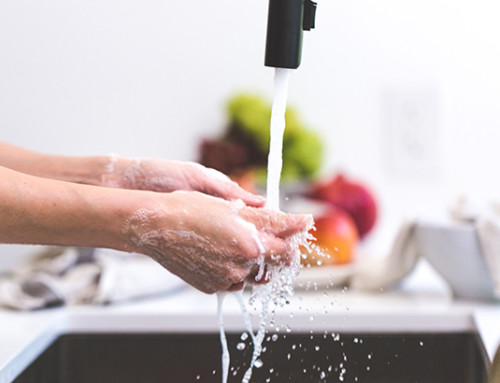
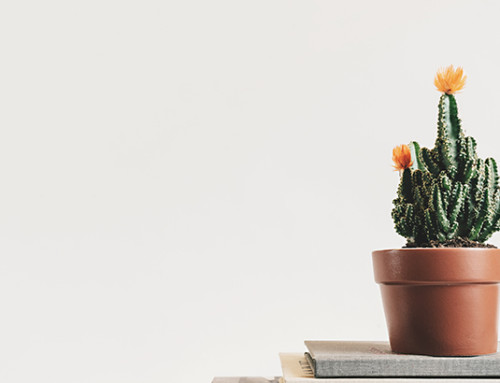
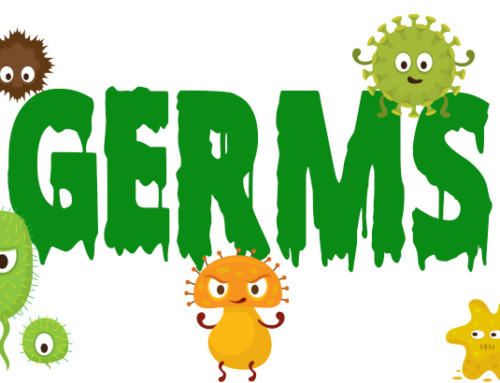
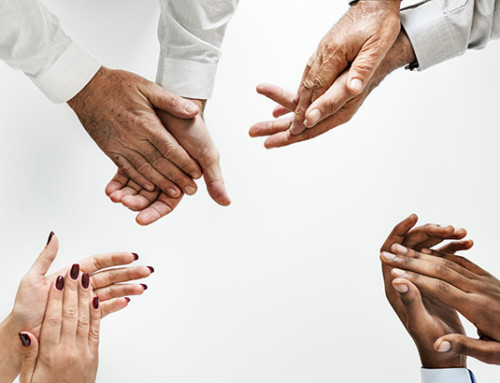
Leave A Comment